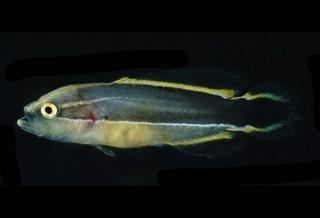Rank Genus | Phylum Chordata | |
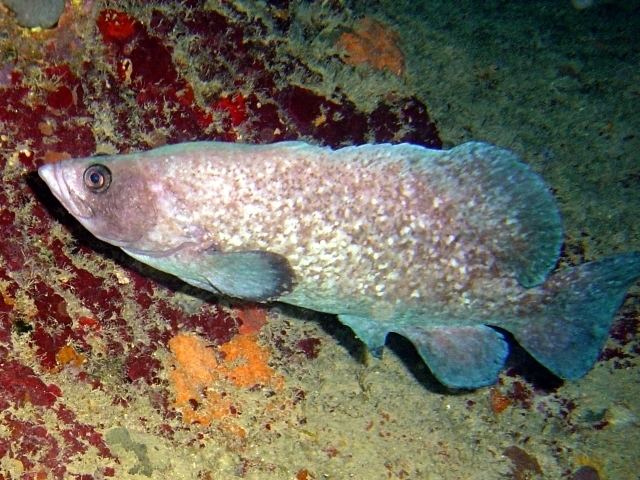 | ||
Similar Pseudogramma, Goldribbon soapfish, Rypticus subbifrenatus, Alphestes, Diplectrum | ||
Whitespotted soapfish rypticus maculatus sea bass family
Rypticus is a genus of fish in the family Serranidae, the sea basses and groupers. It is one of several genera of soapfishes. These fish live in the Atlantic and eastern Pacific Oceans in tropical and warmer temperate zones.
Contents
- Whitespotted soapfish rypticus maculatus sea bass family
- Description
- Biology
- Ecology
- Taxonomy
- Conservation
- References
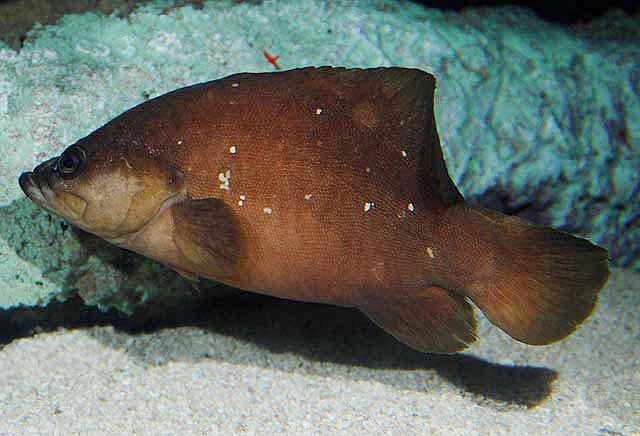
Description
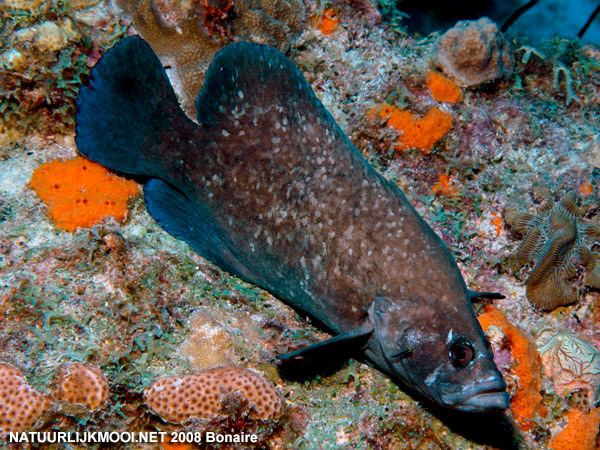
The genus can be distinguished from the rest of the Serranidae by a few morphological details, such as its lack of anal fin spines. It also has only 2 to 4 dorsal fin spines; other serranids have more. The mouth is large and the lower jaw protrudes. The coloration varies, but there is usually a brown stripe from the mouth to the front of the dorsal fin. Several species are distinctly spotted. R. bistrispinus has red-brown spots, R. bornoi and R. subbifrenatus have dark brown, rounded spots, R. maculatus has white spots, R. bicolor and R. courtenayi have many rounded, pale cream spots, and R. nigripinnis has ocellated (eye-like) spots, while R. randalli is more blotchy than spotted.
Biology

Like many other soapfishes, Rysticus secrete large amounts of toxic mucus from their skin in response to stress. The toxin, grammistin, repels predators.
Rypticus are nocturnal, feeding at night on crustaceans, molluscs, and fish.

These fish are protogynous hermaphrodites, with females able to change sex to male. This is not uncommon among the serranids. Rypticus is unique, though, in that a fish has both male and female reproductive tissues which are separate on the cellular level but are wrapped around each other in the gonad.
Ecology
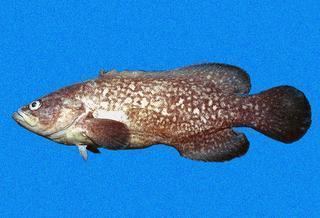
Most species live around islands and along the continental shelves. R. nigripinnis and R. randalli can tolerate lower salinities than many serranids, and they are known to inhabit estuaries.
Taxonomy
There are 10 known species in this genus. The latest, R. carpenteri, was described in 2012.
Species include:

Conservation
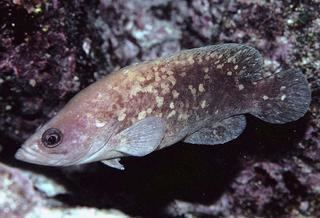
R. courtenayi has the narrowest distribution, being endemic to the Revillagigedo Islands of Mexico. Its range is only about 25 square kilometers. It is listed as a vulnerable species by the IUCN.
